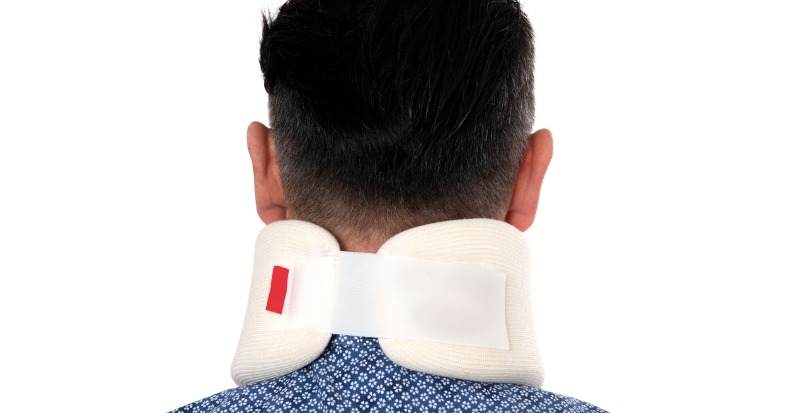The term whiplash refers to a sudden forward (acceleration) and backward (deceleration) movement that results in hyperextension of the cervical spine. This process can injure the various soft tissues in proximity of the neck, which can lead to a wide collection of symptoms that fall under the umbrella term whiplash associated disorders (WAD). While this […]
The Challenge of Whiplash-Associated Vertigo
In addition to more common symptoms like neck pain and stiffness, the whiplash-associated disorders (WAD) patient may also experience vertigo or dizziness. However, the link between vertigo and WAD is somewhat controversial. In 2021, a team of international researchers published a meta-analysis (a review of previously published studies) entitled “The Enduring Controversy of Cervicogenic Vertigo, […]
Contrarian Whiplash Facts
While any sudden back and forth motion can lead to a whiplash injury, the most common cause is a motor vehicle collision. Because these incidents often result in litigation, there has been plenty of research on whiplash associated disorders that has produced conclusions that may be contrary to what some might expect. CRASH SPEED: While […]
Whiplash Prevention Strategies that Benefit Everyone
Not only do whiplash associated disorders affect an individual’s health and wellbeing but they can also impact their family and society overall. With that in mind, let’s discuss strategies to reduce the prevalence of automobile collisions and the severity of injury when a car crash does occur. On a community and government level, ways to […]
Are X-Rays Always Necessary for Whiplash?
X-ray has been a very important diagnostic tool since its discovery by W.C. Röntgen in 1895. It provided a non-invasive means to peer inside the body, which opened the doors to better diagnostic and treatment decisions by clinicians. Over 100 years later, x-rays are still in common use in healthcare settings, including chiropractic offices, to […]
Whiplash and Soft Cervical Collar Usage
When paramedics suspect a neck injury following a motor vehicle collision, they will utilize a cervical collar to immobilize the neck for transport to the emergency room so a more comprehensive examination can take place. While a cervical collar is essential in these situations for achieving the best possible outcome, there is another type of […]
Factors Linked to Chronic Whiplash Associated Disorders
Whiplash associated disorders (WAD) is a term that describes the cluster of symptoms that can arise from an injury caused by the sudden acceleration and deceleration of the head and neck, most often seen in a motor vehicle collision. Whiplash injuries are classified in four levels: WAD I (no/minimal complaints/injury); WAD II (soft-tissue injury—muscle/tendon and/or […]
Four Whiplash Myths
Whiplash associated disorders (WAD) describes a constellation of symptoms that can arise from the sudden jerk or snap of the head/neck that results in the overstretching of joint capsules, ligaments, muscle tendons, disks, and nerves of the neck and upper back. While it’s estimated that about two million Americans experience a whiplash injury each year, […]
The Chiropractic Diagnosis and Treatment Process for Whiplash
Following a car accident, slip and fall, or sports collision, many whiplash associated disorder (WAD) patients are advised by friends, family, co-workers, or an attorney to see a doctor of chiropractic. For many WAD patients, this may be their first experience with chiropractic. What can they expect? During the initial visit, the patient will first […]
Whiplash and Vision
It’s estimated that half of patients with chronic whiplash associated disorders (WAD) will experience vision-related issues such as poor reading concentration, light sensitivity, visual fatigue, and eye strain. Why is this the case, and what can be done for such patients? Eye movement control depends on the position of the head in space, and head […]
- « Previous Page
- 1
- …
- 3
- 4
- 5
- 6
- 7
- …
- 24
- Next Page »









